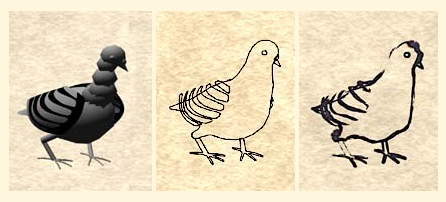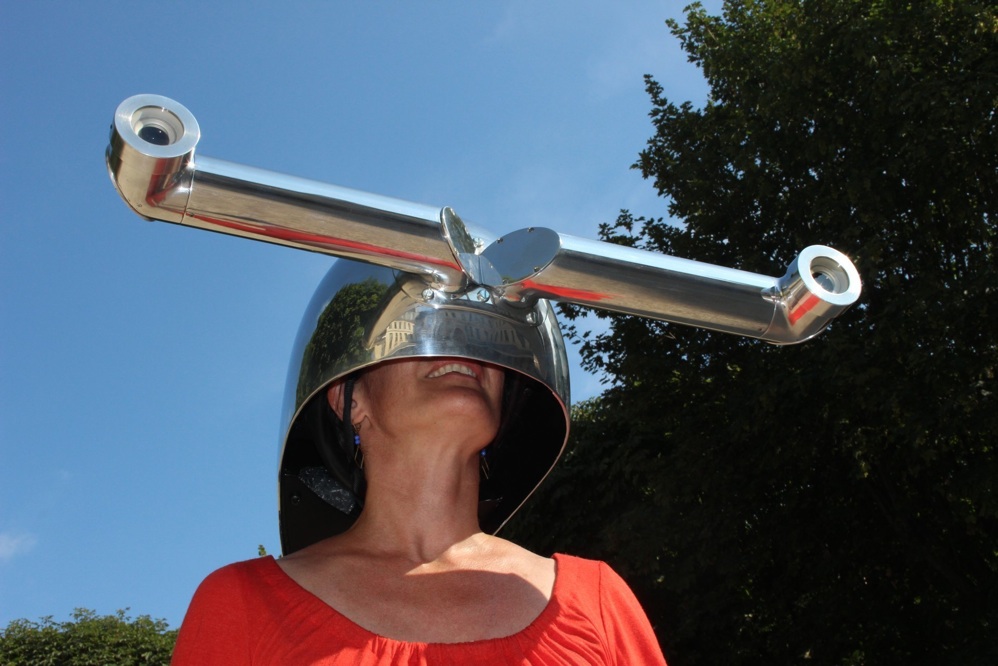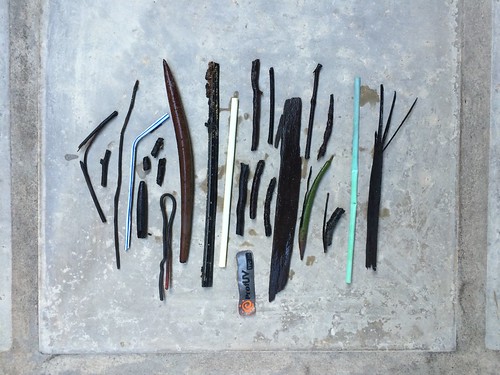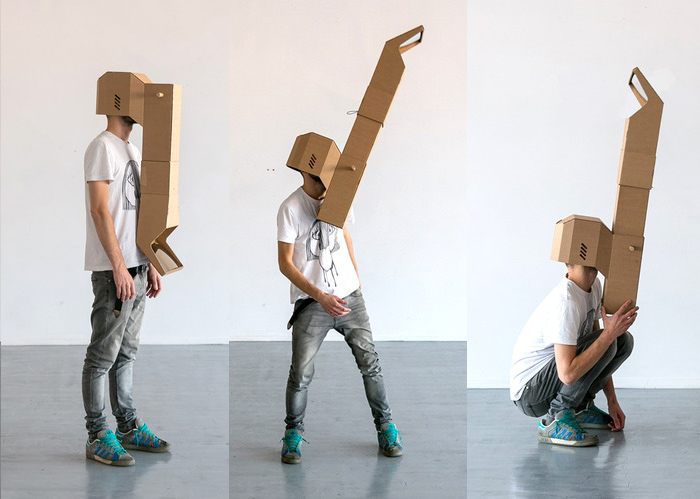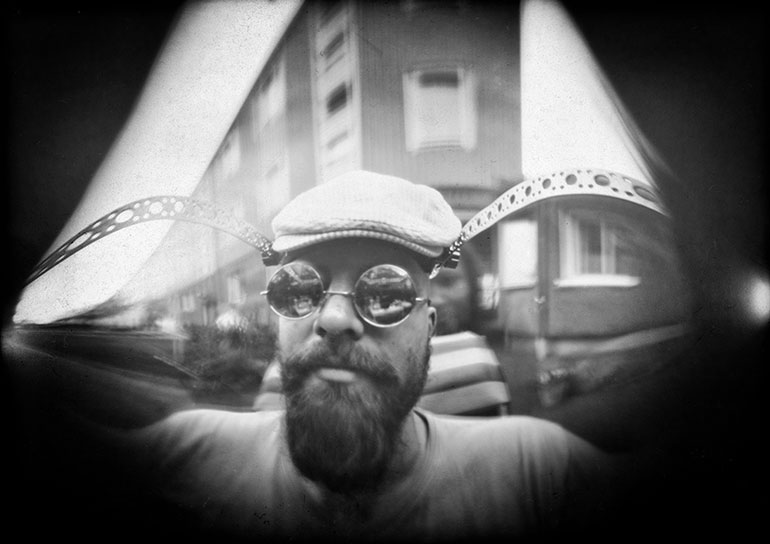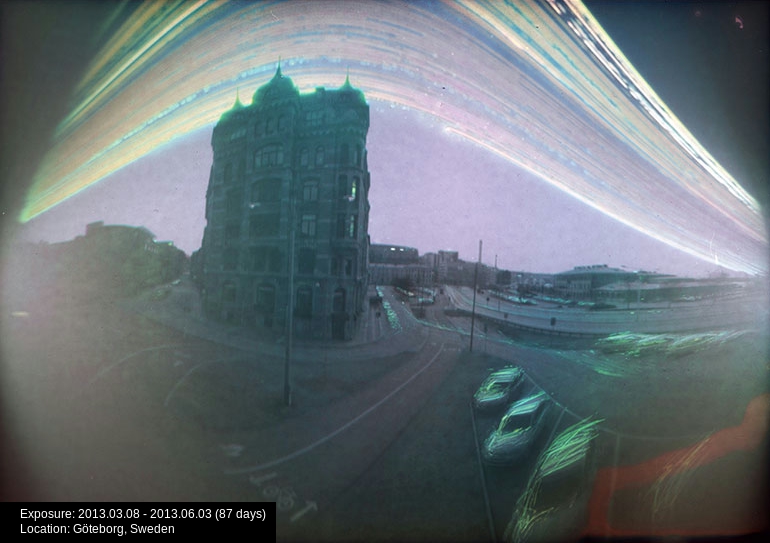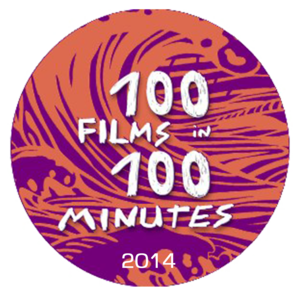MTV Top 20 Video Countdown (1994) from Cassidy Curtis on Vimeo.
In the 1990’s, it was typical for production companies to start their demo reels with a clock-wipe countdown. Some companies would use this as an opportunity to say something about their style, and do custom animation. (Will Vinton Studios, I remember, had a particularly cool stop-motion countdown at that time.) I thought it would be cool for Xaos to have a countdown that reflected our particular style of work, so I created this drippy ink effect counting down from 10 to 1, and a drippy version of the Xaos logo, which we put at the beginning and end of our demo reel respectively.
Some time after this, our producer got a call from MTV. They had this show called “Top 20 Video Countdown”. They wanted to use this effect for the bumpers and interstitials. Could we add the numbers 11 through 20? Our producer said “of course”, and charged them a lot of money. But it didn’t really take me that long.

